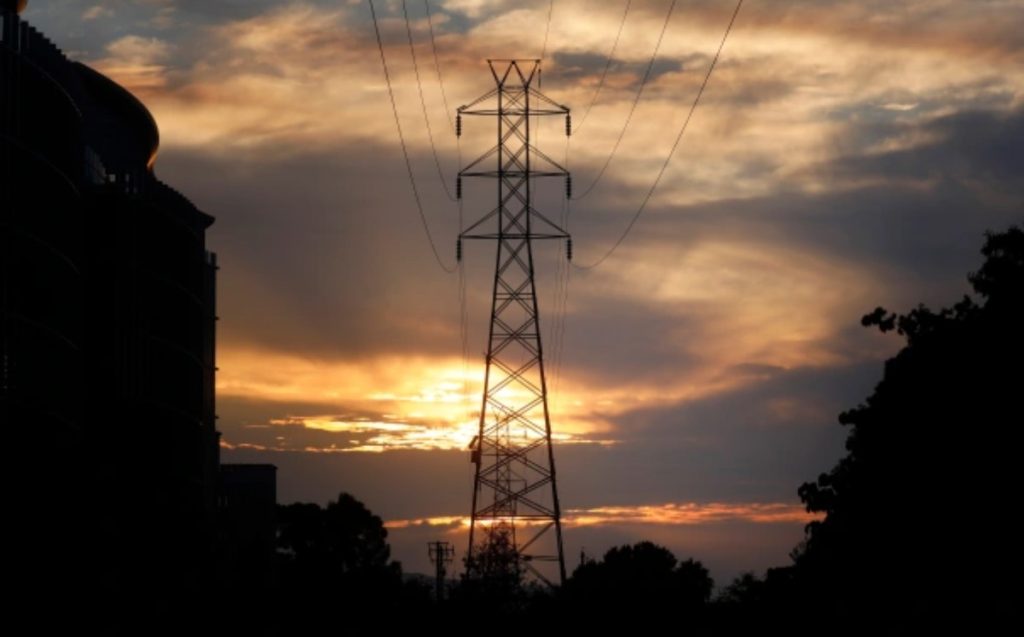
WASHINGTON (TND) — Extreme heat and weather conditions may lead to rolling blackouts and power outages for parts of the U.S. this summer.
The North American Electric Reliability Corporation, a nonprofit that regulates the nation’s power grid, warned several parts of North America are at risks of energy shortfalls this summer.
Most of the U.S. will have enough resources to avoid issues, but parts of the Upper Midwest and mid-South along the Mississippi River are at the highest risk.
“Industry prepares its equipment and operators for challenging summer conditions. Persistent, extreme drought and its accompanying weather patterns, however, are out-of-the-ordinary and tend to create extra stresses on electricity supply and demand,” Mark Olson, NERC’s manager of Reliability Assessments said in the announcement. “Grid operators in affected areas will need all available tools to keep the system in balance this summer.”
Texas and the Southwest are also at an elevated risk where high temperatures will drive demand for power, but drought conditions will limit the supply available.
State officials in California have already warned about the possibility of a shortfall this summer. A megadrought caused by climate change has cost the state significant amounts of power as hydropower plants were unable to operate due to a lack of water.
The only thing we expect is to see new and surprising conditions, and we’re trying to be prepared for those,” Alice Reynolds, president of the California Public Utilities Commission, said earlier this month.
Air conditioning during warmer weather pulls a lot of demand and forces the grid to run closer to its capacity limits, which creates reliability issues that can result in shortfalls when power cannot be transported or produced.





























